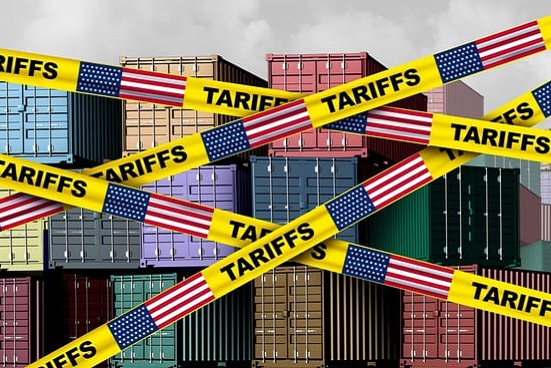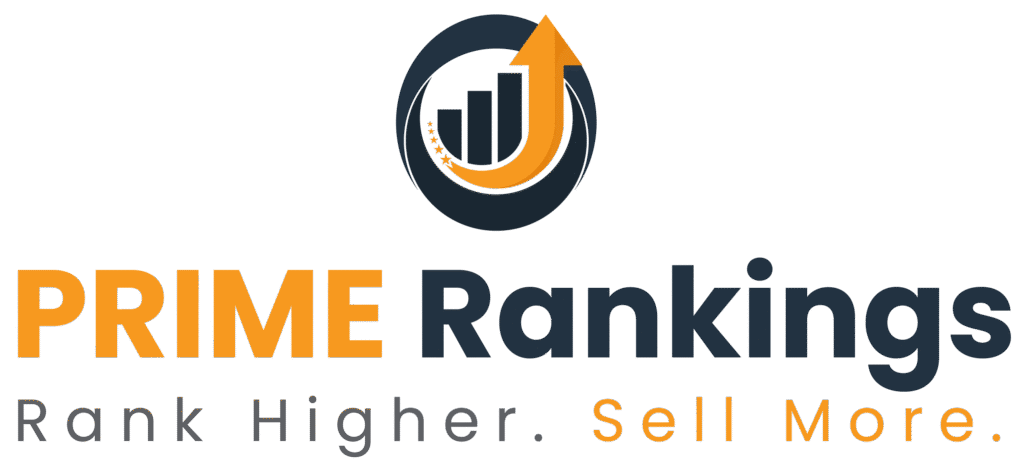In today’s interconnected economy, global supply chains are more sensitive than ever to political and economic shifts. One of the most impactful developments for Amazon sellers in recent years has been the rise of import tariffs.
Tariffs can directly affect product costs, shipping fees, inventory planning, and ultimately, your pricing strategy on Amazon. At Prime Rankings, we help brands navigate these challenges, protect their margins, and maintain competitive pricing in dynamic market conditions.
In this guide, we’ll explore how tariffs impact Amazon sellers—and what you can do to stay profitable and resilient despite global trade fluctuations.
🌍 Step 1: Understand What Tariffs Are and Why They Matter
Tariffs are government-imposed taxes on imported goods. When a tariff is applied, the cost of bringing a product into the country increases. This means:
– Higher landed costs for your inventory
– Reduced profit margins
– Potential price increases for end customers
For Amazon sellers, tariffs can impact sourcing decisions, shipping schedules, inventory levels, and final pricing.
📦 Step 2: How Tariffs Affect Inventory Planning
When import costs increase, inventory planning becomes more complex.
Tariffs affect:
– Reorder quantities (due to increased cost per unit)
– Lead times (delays from new customs requirements)
– Stock levels (higher costs may reduce how much you order)
– Cash flow (more capital tied up in expensive inventory)
At Prime Rankings, we help brands forecast more accurately and align inventory strategy with current tariff conditions.
💲 Step 3: Impact of Tariffs on Product Pricing
As your costs increase due to tariffs, your pricing strategy must adapt. But increasing prices isn’t always straightforward on Amazon.
Considerations include:
– Staying competitive in search results
– Maintaining Buy Box eligibility
– Managing customer expectations
– Avoiding margin erosion
We work with sellers to balance profitability with market competitiveness through strategic pricing tools and real-time competitor monitoring.
📉 Step 4: Don’t Let Tariffs Eat Your Margins
A common mistake is absorbing tariff costs without adjusting prices or operations. This quickly leads to margin compression.
Strategies to protect your margins:
– Renegotiate supplier pricing
– Optimize FBA fees with smart packaging
– Use Amazon automation to adjust pricing dynamically
– Bundle products to increase AOV (average order value)
We help you analyze profitability down to the SKU level and identify hidden cost-saving opportunities.
🚢 Step 5: Optimize Your Supply Chain for Tariff Changes
Diversification is key. If you rely solely on one country for manufacturing (e.g., China), you’re more vulnerable to tariff swings.
Mitigation tactics:
– Explore alternative sourcing countries
– Work with 3PLs for smarter distribution
– Utilize U.S. warehouses to offset delays
– Stay current on trade agreements and duty exemptions
Prime Rankings helps sellers assess and restructure supply chains to remain flexible and resilient.
🛠️ Step 6: Use Technology to Manage Tariff Challenges
Modern software tools make it easier to track costs, tariffs, and inventory in real time.
We recommend:
– Profitability tracking tools (like Sellerboard or Forecastly)
– Dynamic repricing tools to adjust to market conditions
– Inventory alerts for tariff-influenced lead times
– Custom dashboards to monitor cost fluctuations
We integrate data from multiple platforms to help clients see the full picture and act fast.
🔍 Step 7: Audit Your Product Catalog for Tariff Vulnerability
Not all products are equally affected by tariffs. Conduct a catalog-wide audit to:
– Identify which SKUs are exposed to high-duty rates
– Understand tariff codes (HTS codes)
– Prioritize high-margin, low-duty products for promotion
– Consider temporary pausing of low-margin, tariff-heavy listings
We assist sellers with detailed cost and tariff analysis to make informed catalog decisions.
💬 Step 8: Communicate Value to Justify Price Changes
If you must raise prices due to tariffs, messaging becomes crucial.
Use your listings to reinforce value:
– Highlight product quality, durability, or unique features
– Emphasize customer satisfaction and support
– Leverage A+ Content and Amazon Store branding
Customers are more accepting of higher prices when they understand they’re getting more value.
📈 Step 9: Monitor Market Trends and Competitor Pricing
Tariffs don’t affect your business in isolation—they influence your entire competitive landscape.
Watch for:
– Competitor pricing shifts
– Stockouts caused by supply chain disruption
– Entry of domestic alternatives
We monitor market trends and help brands respond quickly with promotional strategies, adjusted ads, and optimized listings.
📜 Step 10: Stay Compliant and Informed
Tariff laws and trade agreements change frequently. Sellers must stay informed to remain compliant and avoid fines or delays.
We help clients:
– Monitor updates from the U.S. Trade Representative (USTR)
– Work with customs brokers and freight partners
– Classify products correctly
– File for exclusions or tariff refunds where available
Compliance isn’t just a legal issue—it’s a competitive advantage.
🤝 Navigate Tariff Challenges with Prime Rankings
Tariffs are a complex and ever-changing part of global commerce—but with the right strategies, they don’t have to derail your Amazon business.
At Prime Rankings, we help sellers adapt to cost fluctuations, protect margins, and maintain pricing competitiveness through proactive strategy, expert insight, and hands-on support.
📩 Want help managing the impact of tariffs on your business? [Contact us now](#) to schedule a free consultation.
Have more questions about tariffs, pricing, or Amazon inventory planning? Reach out today—our team is here to help you succeed.


